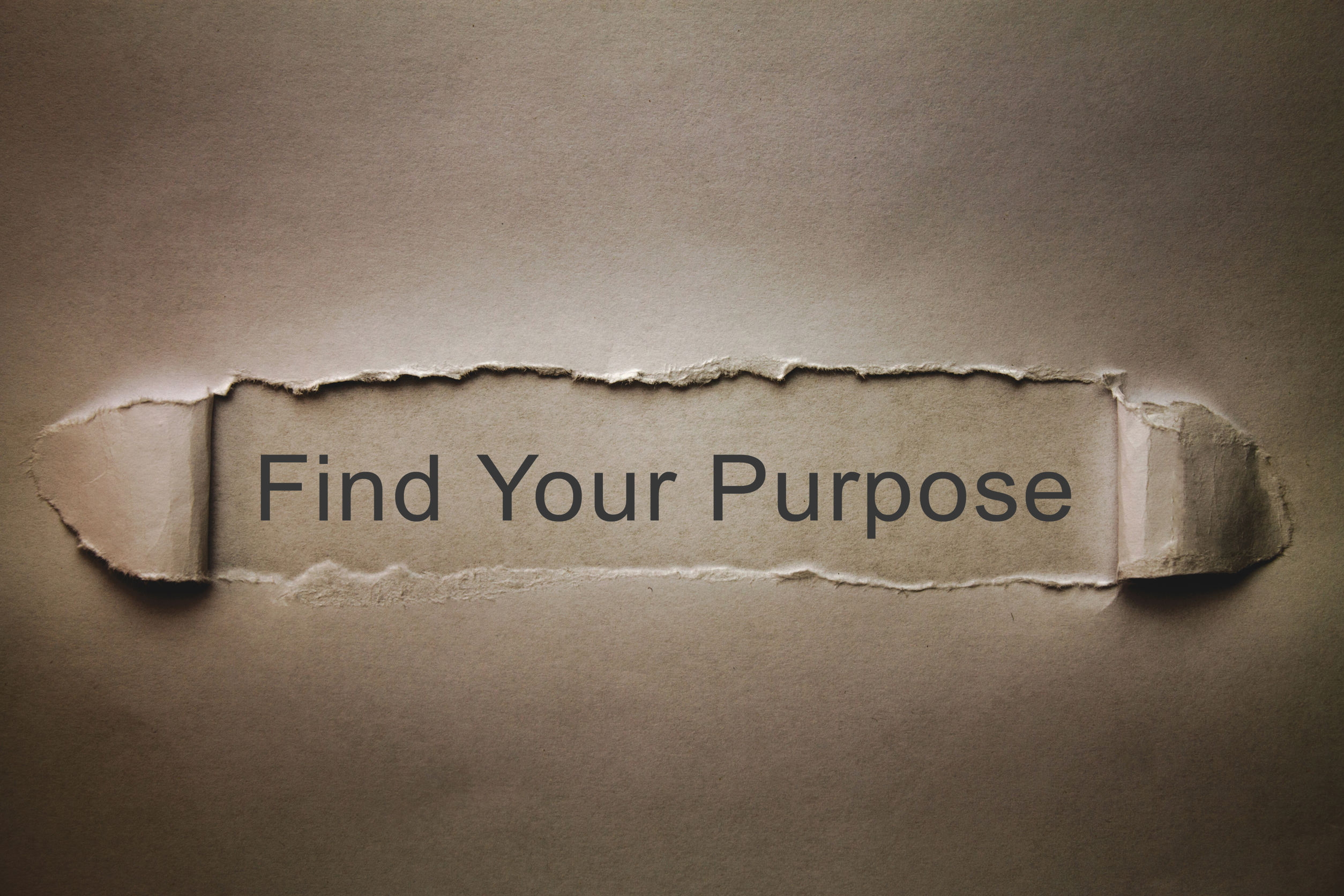How clarity of purpose is the key ingredient for navigating ‘messessary’ conversations
The complexity of the modern world requires urgency and precision from communicators looking to engage on ‘messy, but necessary’ discussions.

I love a good portmanteau. Edutainment, hangry, and mansplaining are all clever examples. I recently learned that the literary device, first attributed to the author Lewis Carroll in 1871, is etymologically based on “a traveling case having two halves joined by a hinge.” As it turns out, portmanteau is the French word for suitcase.
This inspired me to unpack a few things as it relates to the “messessary” (both messy and necessary), work of communicating through constant complexity.
The events of 2020 challenged both brands and brand communicators as we attempt to navigate ongoing issues related to ESG (environmental, social and governance). These commitments were compounded by a global pandemic, a damaged democratic process, and the injustices tied to a lack of diversity, equity and inclusion (DEI), rooted in systemic racism. These conversations are “messessary” because we haven’t previously been willing or forced to confront them and, thus, have played a role in perpetuating many of these foundational issues.
A purposeful start
Speaker and author Simon Sinek accelerated conversations about brand purpose in his foundational 2009 work (and TED Talk), “Start with Why.” Since then, there has been a steady march towards embracing purposeful communications. The importance of having a clear purpose was heightened last year as brand communicators grappled with how to authentically and defensibly respond to massive societal shifts.
Purpose has come to stand for something beyond the pursuit of profit. Gen Z buyers, in particular, have a growing expectation that purpose be active rather than passive, and a belief that brands should take stands.
Speaking about transformational change, American tennis legend Arthur Ashe encouraged individuals to, “Start where you are; use what you have; do what you can.” This sentiment is where urgency meets intention. In assessing when to take action and/or communicate about “messessary” issues, ask yourself:
1. Where are you today? Assess your company’s current position on social, environmental and DE&I issues with skepticism and distance. Look inside-out and outside-in at your broader market category and your direct competitors. If you have the resources, engage a third-party to hold the mirror up for you.
2. What do you have to work with? Have you identified the core purpose of your company as an organizing principle to respond to this moment of change? In what ways do you serve a higher purpose or make people’s lives better? How can you authentically align your brand story to connect to this moment?
3. What can you do? Not every company or CEO has the external megaphone of a Marc Benioff, who decried systemic inequality in 2019 and declared capitalism dead at Davos in 2020—or PwC’s CEO, Tim Ryan, who has made diversity central to his work. In what ways can you take a position (even an aspirational one), that can be grounded in transparency, whether in ESG or DE&I?
How can you use whatever power and privilege you have to amplify the voices of others? As our partners at The Diversity Movement put it, how do you pay your privilege forward? If it feels uncomfortable or performative, take the steps you need to take to make it authentic. As Tim Ryan noted: “If you’re waiting for the perfect story, it’s never going to be there.”
Complexity requires curiosity
Many of these issues are intrinsically hard to solve because they require systems thinking.
As a society, we are notoriously bad at challenging the status quo. According to author and human-centric design expert, Melis Senova, people often “accept that change is happening but they don’t yet know how to be or do anything differently…have empathy for those you are asking to alter something about their own personal status quo.” Similarly, Brené Brown wrote in “Dare to Lead,” “I know my life is better when I work from the assumption that everyone is doing the best they can.”
This is not a free pass. It’s a call to be curious, rather than judgmental—at least out of the gate. Judgment will come in due course because audiences have become very good at identifying “greenwashing” and “wokewashing”—two other excellent portmanteaux. As is the case with ESG, verifiable accountability on DE&I initiatives must replace performative postings and boastings. Celebrate Black History Month and Women’s History Month, for example, and then take transparent action beyond these moments to reflect the intention in the daily articulation of your brand purpose.
Addressing systemic problems will not happen overnight. Ground your actions in purpose, accept that you will not do it perfectly, and prepare to be accountable. This is the “messessary” condition of modern communications.
Author’s note: “Messessary” also appears in the urban dictionary and is the title of a 2019 album by Seattle-based artist Illvester.
Bob Osmond is president of Racepoint Global, an integrated communications firm focusing on helping clients shape conversations that matter. Connect with him on Twitter or LinkedIn.






